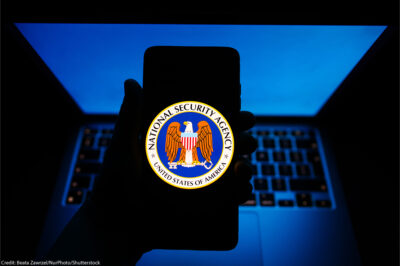Court Considers Releasing Key Documents Governing Secretive Targeted Killing Program


There might be a crack of light in the darkness surrounding U.S. drone killings.
Yesterday, in one of the three ACLU cases challenging the extreme secrecy shrouding the government’s targeted killing program, a federal judge in New York ordered the government to turn over, for the court’s review and possible release, three crucial documents containing the law and policy that govern the program. The full order is not yet public because, as the judge wrote, she is giving the government “time to vet opinions and orders for classification issues that might escape the notice of a reader of news media in which information that the Government considers to be classified routinely appears.”
The documents at issue in the order are central to the U.S. lethal force program.
One — the Presidential Policy Guidance, or PPG — is a classified record that sets out the law and policy that the government must follow when it carries out targeted killings. President Obama issued the PPG in May 2013 as part of what seemed to be a renewed commitment to provide transparency over and restraints on the program. But his administration did not make the PPG public, releasing instead only some of its most general standards.
Those vague standards raise as many questions as they answer: When does an individual pose a “continuing and imminent threat” to the United States? How does the government decide when capture of a target is “feasible”? What informs the government’s determination that there is a “near certainty that non-combatants will not be injured or killed”? As the government has described it, the PPG answers these questions. And as we’ve argued to the court, the government has no right to withhold this kind of document — one that regulates government officials by providing substantive and procedural rules that govern their actions — from the public.
The two other records that the court will review are reports that the Department of Defense submitted to Congress in 2014. The government already released these documents to the ACLU, but with heavy redactions, and we believe that more in them should be made public.
The first report, the “Report on Process for Determining Targets of Lethal or Capture Operations,” contains detailed discussions of the PPG’s legal and policy standards and how the government applies them. The government redacted a major portion of these discussions when it released the report to the ACLU last fall, but — as with the PPG — the public is entitled to know more about the rules the government applies when making decisions to use lethal force, including against Americans. General legal standards are always open to various interpretations, so the details matter — especially when it comes to matters of life and death. And additional details about the government’s rules would allow the public to evaluate whether the government is actually following the rules it has set out.
The second report, the “Report on Associated Forces,” contains the government’s assessment of groups against which the United States is at war. The report explains the legal difference between groups that are “associated forces” of al-Qaida — against which the government claims it may use lethal force under the 2001 Authorization for Use of Military Force — and groups that are “affiliates” or “adherents” of al-Qaida — against which the government thinks it may not. But much of the report is still secret, including specifics about how the government defines each group. The report also contains redacted material that apparently indicates sources of legal authority on which the government is relying in addition to the AUMF in carrying out the targeted killing program.
It might seem surreal that, 15 years after 9/11, the government refuses to tell us who it is fighting (and killing) and on what legal basis — but it does. Perhaps the court will help change that by ordering the release of the two reports and the PPG. The judge indicated that a final decision would likely arrive in the next several months.


